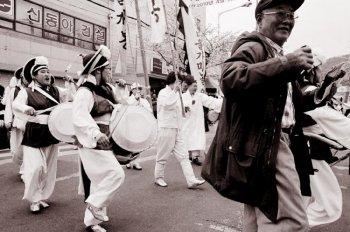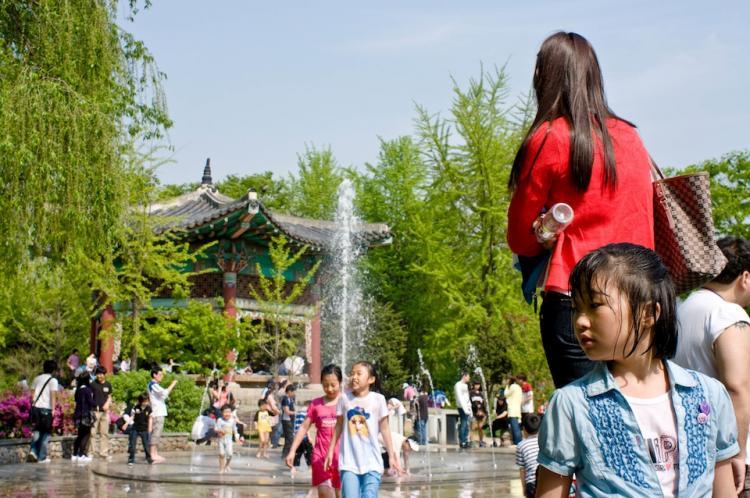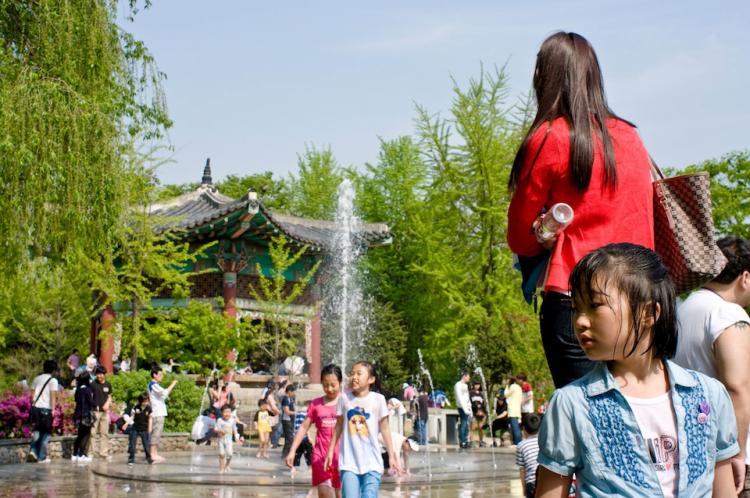SEOUL—Two meteorological organizations declare that weather patterns are changing.
Korea’s summers are notorious for their heat waves and their massive dumps of rain known locally as “Jangma.”
Since 1961, the Korean Meteorological Administration has issued rainy season, or Jangma, forecasts. However, in recent years, the organization has become the butt of jokes due to the inaccuracy of its Jangma forecasts. So much so, that in June last year, the administration announced the cessation of these forecasts due to the difficulty of accurately predicting the rainy season. It has attributed its difficulties to changes in weather patterns due to global warming.
According to statistics released by the KMA last week, dry, hot summer weather came early the last three years, while the Jangma rainy periods are becoming less frequent and are yielding less rainfall.
Also last week, the National Institute of Meteorological Research said that the summer weather in Seoul has increased by as much as 30 days per year over the past 100 years. They largely attribute the change to urbanization and global warming.
According to some scientists, Seoul’s rate of temperature increase is almost three times the global average.
Korea’s summers are notorious for their heat waves and their massive dumps of rain known locally as “Jangma.”
Since 1961, the Korean Meteorological Administration has issued rainy season, or Jangma, forecasts. However, in recent years, the organization has become the butt of jokes due to the inaccuracy of its Jangma forecasts. So much so, that in June last year, the administration announced the cessation of these forecasts due to the difficulty of accurately predicting the rainy season. It has attributed its difficulties to changes in weather patterns due to global warming.
According to statistics released by the KMA last week, dry, hot summer weather came early the last three years, while the Jangma rainy periods are becoming less frequent and are yielding less rainfall.
Also last week, the National Institute of Meteorological Research said that the summer weather in Seoul has increased by as much as 30 days per year over the past 100 years. They largely attribute the change to urbanization and global warming.
According to some scientists, Seoul’s rate of temperature increase is almost three times the global average.






